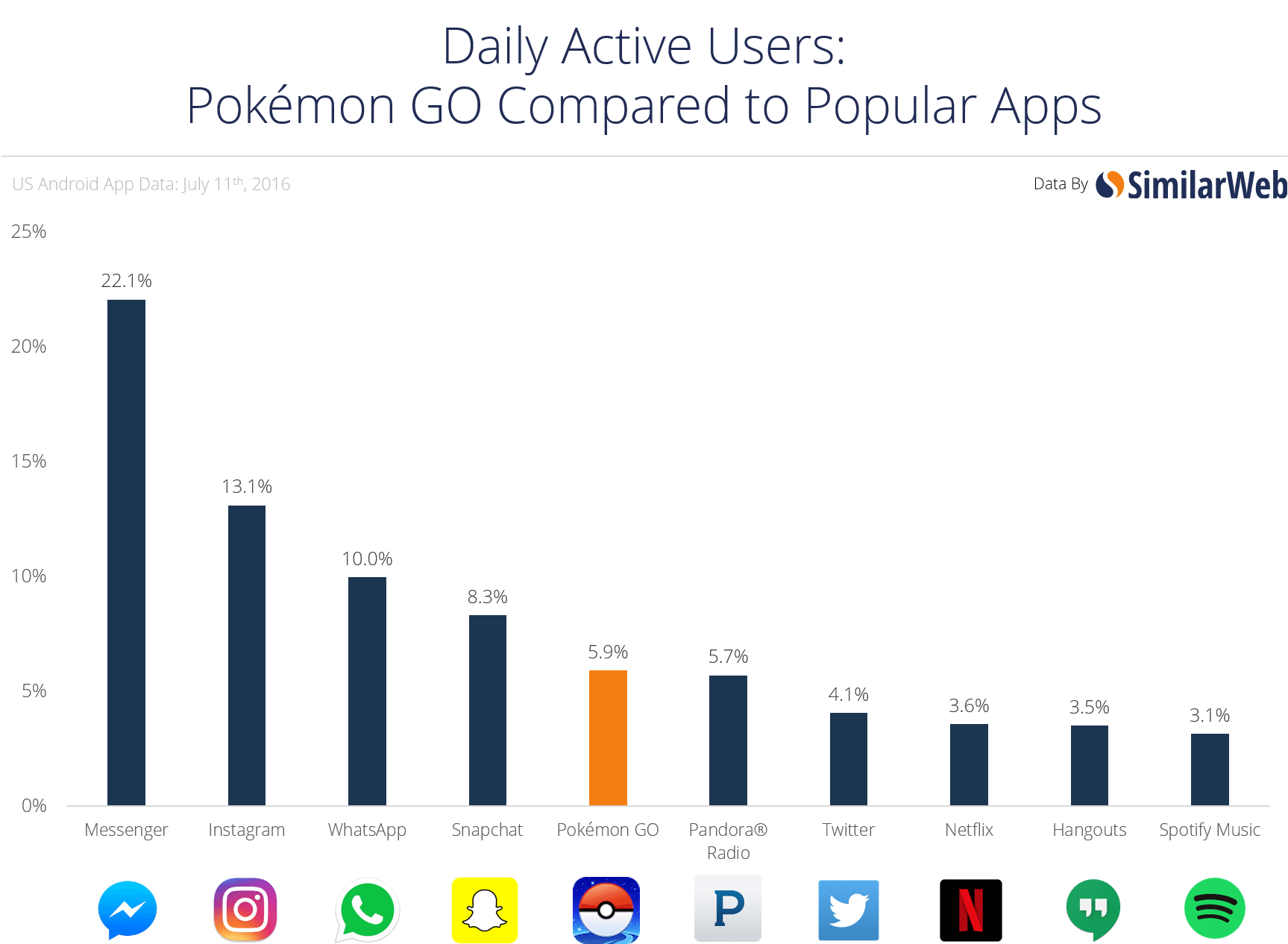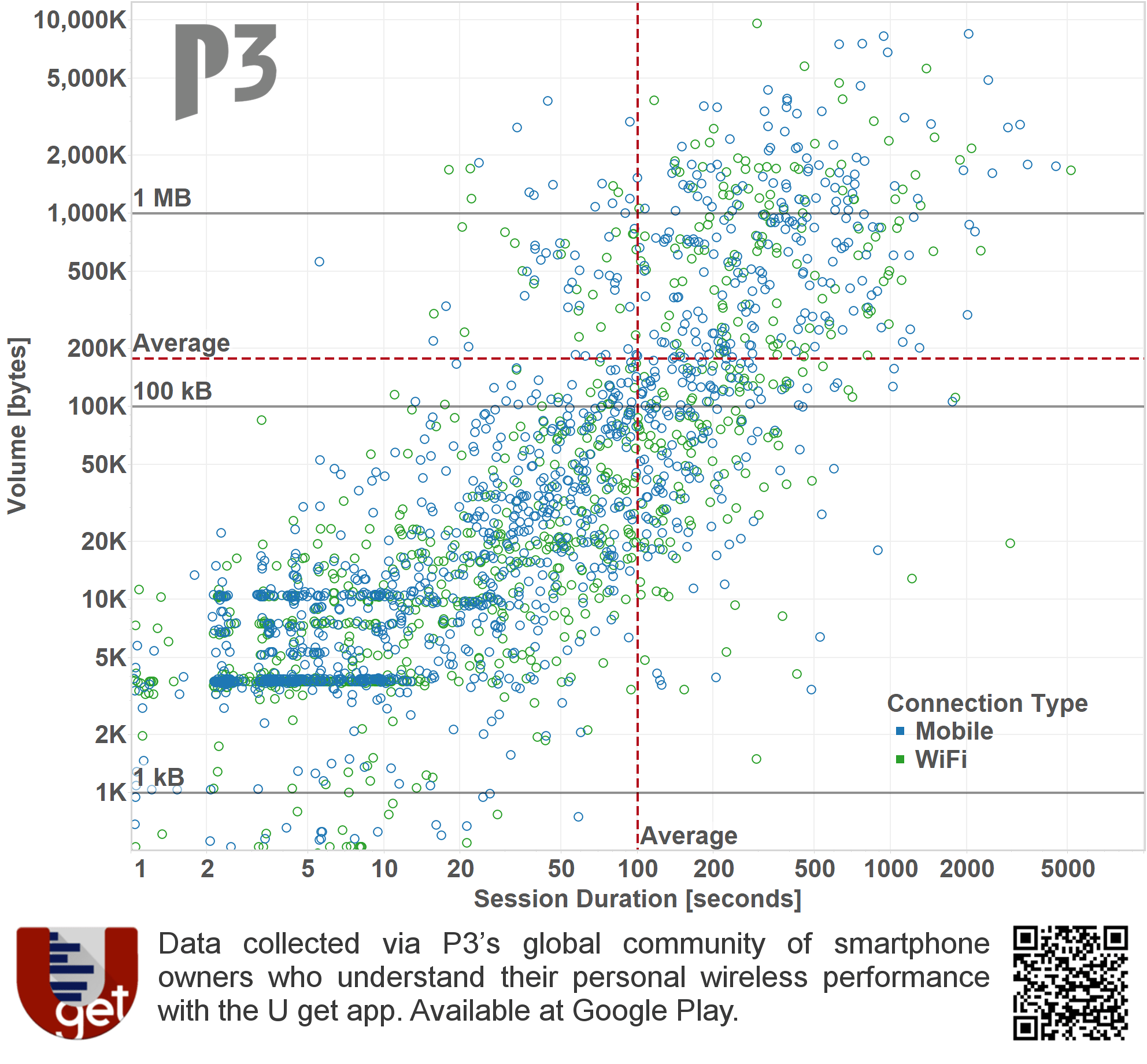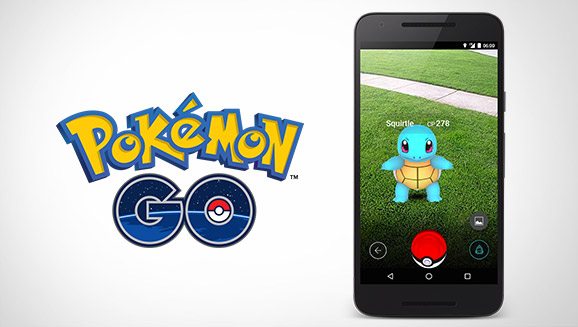If you’ve seen people walking around staring even more intently at their smartphones than usual lately, there’s a good chance that it’s because of Pokémon Go.
Pokémon Go crowd at the Provo Library last night! People here are getting IN on this! #PokemonGO pic.twitter.com/IU2HIm12DA
— Landon Sperry 🍜 (@landonsperry) July 14, 2016
The massively popular augmented reality game transposes virtual creatures into real-world environments and lets users capture them via mobile devices. It was launched last week and immediately raced to the top of popular app download lists both for iOS and Android. SimilarWeb reported that as of Monday, Pokémon Go had been downloaded on to more than 10% of U.S. Android devices, and that nearly 6% of U.S. Android users played the game that day. SurveyMonkey posted data that as of this past Tuesday, the game had more than 21 million daily users in the U.S., making it the biggest mobile game in U.S. history.
The intersection of mobile app and reality has led to reports of everything from people falling off ocean bluffs while hunting Pokémon, to robbers using the game as a way to target victims, and at least one car accident. Two different players have stumbled across dead bodies while playing, and a couple in the Detroit area spotted a house fire, saving a dog. The United States Holocaust Memorial Museum and Arlington National Cemetery have both made public requests for players to stop playing the game on their grounds.
Neil Mawston, executive director for wireless device strategies at Strategy Analytics called it “the world’s first ‘killer app’ for AR phones” and said “Sony, Samsung, Apple, NTT DoCoMo, Intel and others must move fast to exploit this large segment.” The app also has an optional Bluetooth low-energy wearable designed to alert the user to nearby Pokémon and can be used to capture the characters. Forbes reported this week the device had already sold out. 
Since the app’s release, there was a flurry of concern about privacy and app permissions. A number of sites warn users the game may blow up their cellular data consumption – especially since the game encourages roaming around outside, out of the reach of Wi-Fi.
However, the data usage concerns may be overstated – depending, of course, on how often and how long users are engaged with the app. P3 Communications pulled Pokémon Go data from its panel of Android users who have downloaded the company’s U Get app, which tracks and analyzes app use, data traffic and the surrounding radio environment. P3 told RCR Wireless News the following findings include its initial analyses of data volume, session duration and downlink throughput:
- Pokémon GO is mainly used in short sessions. The average use between July 5 (the day prior to launch date) and July 12 was a cumulative 48 minutes. During that period, the average data consumption per user was about five megabytes.
- Average session duration was about 100 seconds.
- Average session volume was about 200 kilobytes. Maximum data volume per session seen was about 10 MB. P3 also noted “data speeds are typically not high, which correlate to low data consumption.”

On the other hand, SimilarWeb reported that as of July 8, users were engaged with the app for more than 43 minutes per day – longer than social media apps such as Facebook Messenger, Instagram and WhatsApp.
One thing that does seem clear is since the app requires GPS and cellular use, plus both the smartphone screen and camera, it’s a battery hog.
CNet did some battery life tests for Pokémon Go and concluded the app used a ton of power, but wasn’t too bad in terms of data use: less than 10 MB for a half hour of play, but the app used up 15% of a fully charged battery during those 30 minutes. Comparatively, CNet found using Facebook for half an hour drained the battery by 5%.
However, that battery life issue may mean a chance to promote accessories – especially since the typical advice to users is to use a battery saving mode or to buy a portable power source or case. Bloomberg noted investors appear to be bidding up companies who make such accessories after analysts reported a surge in demand specifically related to Pokémon Go.
Meanwhile, T-Mobile US and Sprint jumped on the opportunity to capitalize on the app’s popularity.
T-Mobile US customers who download the T-Mobile Tuesdays app are eligible to receive free, unlimited Pokémon Go data through the end of August 2017. T-Mobile US is also offering a number of other related deals including 50% off on portable power packs and chargers at its stores, free Lyft rides up to $15 to PokeStops or Pokémon Gyms, and $100 in PokeCoins.
Sprint said its retail locations would include “lures” to attract game users, as well as free charging stations and game “experts.”
UPDATE:
P3 Communications provided new Pokémon Go information from its U Get users through this morning. The company confirmed that according to its data, Pokémon Go drains smartphone batteries about twice as fast as a web browser and around 50% faster than streaming video apps like YouTube or Netflix.
From July 6 to July 15, the app was used for a total cumulative time of 44 minutes, on average. The average session duration – when the app is on in the foreground, not in the background – is about 175 seconds. Average data consumption per user was 5 to 10 MB per hour, with average session volume only about 300 KB.
The data is based on more than 200 U Get users who also have Pokémon Go; they ranged from users who just installed the app once to “hooked millenials,” according to P3. Those users ran more than 5,000 Pokémon Go sessions over the 10-day analysis period.
P3 CEO Dirk Bernhardt posted a blog entry about Pokemon Go and data use here.

